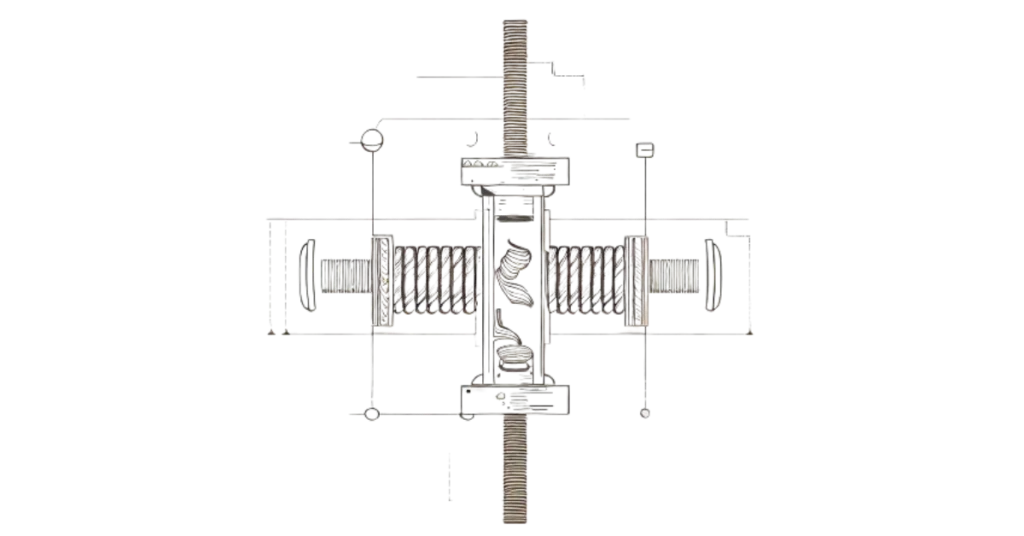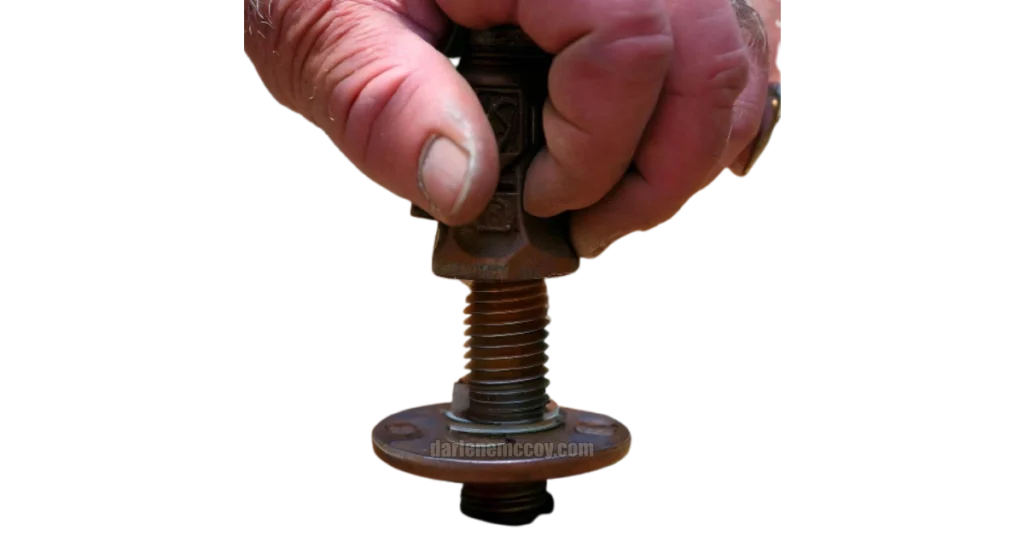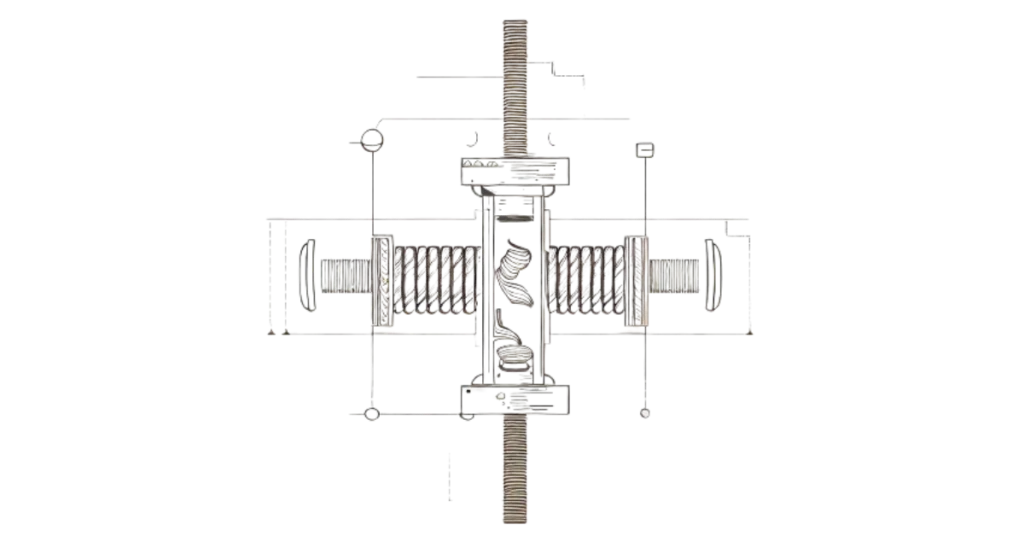Howdy, folks! This here’s Sarah, a master engineer and machinery consultant. Welcome to darlenemccoy.com, your go-to blog for all things machining and DIY projects. Today, I’m fixin’ to lay down some wisdom about choosing the right carriage bolts for your projects.
Now, what in the blues are carriage bolts, you ask? Well, they’re a type of fastener, sportin’ a round head and a square neck underneath. Mighty fine at keepin’ themselves from turnin’ when you tighten the nut. People also call ’em plow bolts or coach bolts, and they’re the go-to fellas for joinin’ wood, metal, plastic, and the likes together.
But now, how can you tell which carriage bolt’s the right one for your job? What factors should you be thinkin’ ’bout when pickin’ these bolts? And how do you install and remove ’em right and safe? Well, I reckon we’re gonna explore all that in this little ol’ article of mine. Here’s what we’re fixin’ to talk ’bout:
- The different types of carriage bolts and what sets ’em apart
- The factors to consider when choosin’ a carriage bolt
- The best practices and tips for usin’ carriage bolts
By the time we’re through, you’ll be jammin’ along with the right carriage bolts in your projects. Let’s get this bluesy journey rollin’!
The Different Types of Carriage Bolts and What Sets ‘Em Apart
In this bluesy symphony, you’ll find four main types of carriage bolts on the market:
Roundhead and Rib-Necked Bolts
These fellas boast a round head with ribs or serrations underneath. Them ribs get a grip on the material, keepin’ things from loosening ’cause of vibrations or jigglin’. Perfect for wood-to-wood connections.
Roundhead and Short-Necked Bolts
A round head with a short square neck under it, that’s what we got here. The neck’s shorter than the diameter of the shank, makin’ ’em fit just right in metal-to-metal connections or where longer necks’d get in the way of your design.
Flathead and Square-Necked Bolts
Flat or countersunk head, and a square neck under it, sittin’ flush with the material’s surface. These fellas give ya a smooth finish, all nice and dandy for when you’re tight on space or want things lookin’ sharp.
Fin-Necked Bolts
Round head with fins or projections underneath, diggin’ into grooves or slots in the material. Them fins put up a good grip, preventin’ any twistin’ or rotation. These work real fine with plastic or composite materials.
Each type of carriage bolt’s got its own style and charm, makin’ ’em fit for different situations. Now, let’s dive into what sets ’em apart:
- Roundhead and Rib-Necked Bolts: Smooth, round head, sittin’ flat on the material. Square neck under the head, slidin’ into a square hole or recess in the material. No turnin’ when the nut’s tightened. Oh, them ribs or serrations on the underside? They’re the secret to their grip and self-lockin’ ability. So easy to install, just one wrench from the opposite end, and you’re good to go.
- Roundhead and Short-Necked Bolts: Same smooth, round head, sittin’ flat on the material. Same square neck slidin’ into a square hole or recess. Only difference, that neck’s shorter, perfect for thinner materials or when a longer neck’d get in the way. Also self-lockin’, just like its rib-necked cousin.
- Flathead and Square-Necked Bolts: Flat or countersunk head, sittin’ all flush with the material. Square neck slidin’ into a square hole, as always. Man, that flat head’s got style! Gives you a smooth finish and reduces any snaggin’ or injury risks. And yeah, you guessed it, self-lockin’ just like the others.
- Fin-Necked Bolts: And again, smooth, round head, sittin’ all nice and flat. Fins or projections underneath for that extra grip. They’ll hold onto your plastic or composite materials, no rotation allowed. And yes, sir, self-lockin’ as well.
The Factors to Consider When Choosing a Carriage Bolt
In this bluesy riff of choosin’ the right carriage bolt, we’ve got a few factors that’ll get you hummin’ in the right key:
Material
The material’s the heart and soul of your carriage bolt, affectin’ its strength, corrosion resistance, and durability. You got plenty to choose from: steel, stainless steel, brass, bronze, aluminum, or plastic. Steel’s your all-rounder, strong and durable, but might rust or corrode over time. Now, stainless steel, that’s your corrosion-resistant champ, perfect for harsh environments. Brass and bronze? Well, they got some corrosion resistance too, plus that decorative finish. Aluminum’s your lightweight, corrosion-resistant option, easy to shape and color. And plastic, well, it’s your low-cost, corrosion-resistant fella, easy to mold and color.
Size
Size matters, folks! The size of your carriage bolt determines its holdin’ power and fit. Diameter and length, that’s what you’re lookin’ at. From #10 to 3/4 inch in diameter and 1/2 inch to 20 inches in length, you got plenty of choices. Now, to get the right fit, match the size of your bolt to the size of the hole or recess in your material. And here’s a tip: use a bolt diameter that’s 1.5 to 2.5 times (up to three times) the thickness of the thinner material you’re boltin’ together. For example, 1/8 inch material’s a good match for a 1/4 inch bolt, and 1/4 inch thick material’s just right for a 3/8 or 1/2 inch bolt.
Shape
Oh, the shape of your carriage bolt’s got some flair to it! It affects both how it looks and how it works. Head and neck shape, that’s what we’re talkin’ ’bout. Round, flat, countersunk heads, square, short square, ribbed, or finned necks, you got some choices to make. Now, the head shape’s a matter of taste and finish. Round heads’ll give you that clean look, while flat or countersunk heads’ll keep things flush, no snaggin’ or scratchin’ when you’re workin’. The neck, well, that’s the secret to keepin’ your bolt from turnin’ when it’s tightened. Square necks are all ’bout that stability, while short square necks fit just right in thinner materials. And them ribs and fins? That’s what keeps ’em from loosening, folks!
Finish
Oh, we’re all ’bout lookin’ good, ain’t we? The
finish of your carriage bolt’s gonna set the tone for your project. Plain, zinc plated, or black oxide, you got a few choices to make. Plain’s got that natural look, nothin’ fancy, but might rust or corrode over time. Zinc plated’s all shiny and got some corrosion resistance, though it might wear off eventually. And black oxide’s got that matte finish, holdin’ up against corrosion, but it might chip off in time. Take your pick, folks, and let’s look good while we’re at it!
To be continued in the next comment due to space constraints…




